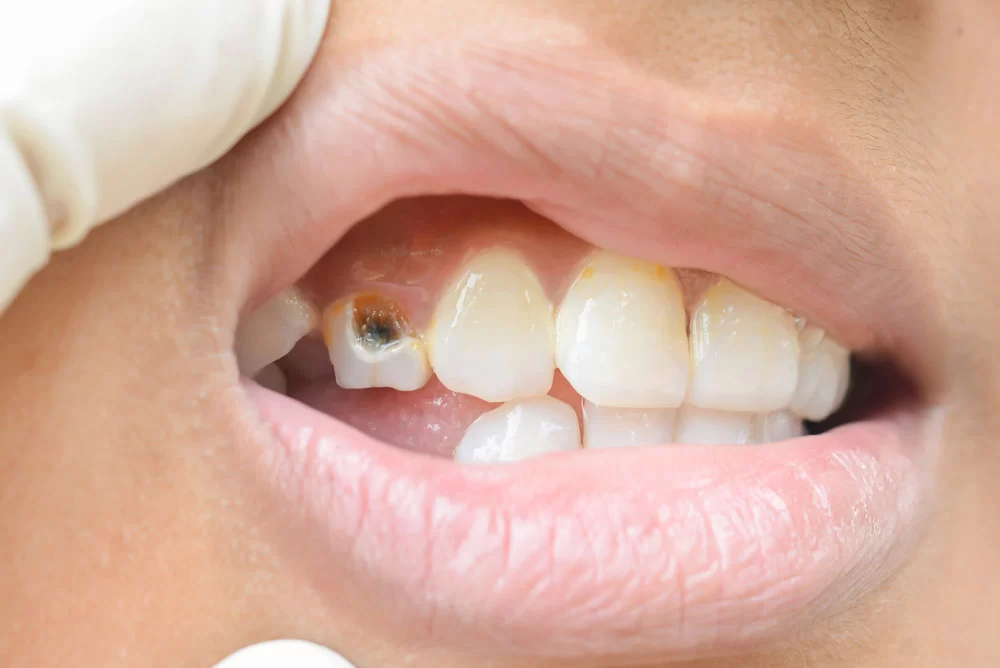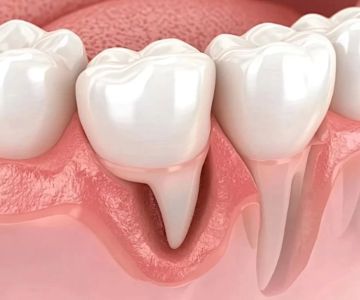
- 1-Understanding Tooth Decay and Its Early Signs
- 2-Common Symptoms of Tooth Decay in the Early Stages
- 3-Causes and Risk Factors of Tooth Decay
- 4-The Importance of Early Detection and Treatment
- 5-Real-Life Examples of Early Tooth Decay Recognition
1. Understanding Tooth Decay and Its Early Signs
Tooth decay is a progressive process where the enamel of your teeth is damaged by acids produced by bacteria in the mouth. Left untreated, tooth decay can lead to cavities, infection, and even tooth loss. Recognizing tooth decay in its early stages is crucial because the sooner you identify it, the easier and less expensive it is to treat. Early detection allows for conservative treatments that can prevent the progression of decay and maintain your overall oral health.
2. Common Symptoms of Tooth Decay in the Early Stages
In its early stages, tooth decay may not cause any noticeable pain, making it difficult to detect without a professional dental exam. However, there are some early warning signs to look out for:
- White Spots on Teeth: These are one of the first signs of tooth decay. The spots occur when the enamel begins to demineralize, and they can be reversed with proper dental care.
- Sensitivity to Hot, Cold, or Sweet Foods: If you notice discomfort or pain when consuming hot, cold, or sweet foods, it could indicate that the enamel is wearing away and exposing the underlying dentin.
- Discoloration: Brown or black spots on the surface of your teeth may appear as decay progresses. These stains indicate that the enamel has been damaged, and cavities may be forming.
- Bad Breath: Persistent bad breath, also known as halitosis, can be a sign of bacterial growth caused by tooth decay or gum disease.
While these symptoms can be indicative of early tooth decay, it’s always best to consult a dentist for a definitive diagnosis.
3. Causes and Risk Factors of Tooth Decay
Understanding the causes and risk factors of tooth decay can help you take preventative measures to maintain your oral health. Some of the most common causes include:
- Poor Oral Hygiene: Inadequate brushing and flossing allow plaque to build up on your teeth, leading to cavities.
- Frequent Sugar Consumption: Bacteria in the mouth feed on sugars and produce acids that erode tooth enamel.
- Dry Mouth: Saliva helps neutralize acids and wash away food particles. Reduced saliva flow, often due to medications or medical conditions, can increase the risk of tooth decay.
- Age: As you age, the enamel on your teeth naturally wears down, increasing your vulnerability to cavities.
- Genetics: Some individuals are more prone to tooth decay due to genetic factors, such as tooth shape and enamel strength.
By recognizing these risk factors, you can take proactive steps to minimize your chances of developing tooth decay.
4. The Importance of Early Detection and Treatment
Early detection of tooth decay is critical because it allows for simpler and more affordable treatments. If decay is caught early, a dentist may recommend treatments like fluoride application or dental sealants to prevent further damage. These preventive measures can help avoid the need for more invasive procedures, such as fillings, crowns, or root canals. Regular dental checkups are essential to catch tooth decay before it becomes a serious issue, as dentists can spot early signs of decay that may go unnoticed by the patient.
5. Real-Life Examples of Early Tooth Decay Recognition
Many individuals have successfully prevented the progression of tooth decay by recognizing its early stages. For example, Emily, a 35-year-old office worker, noticed white spots forming on her front teeth. She scheduled a dental appointment, and her dentist was able to treat the spots with a fluoride varnish to remineralize her enamel before any cavities formed. Another example is John, a 50-year-old teacher, who had been experiencing tooth sensitivity. After seeing his dentist, he was diagnosed with early-stage tooth decay and treated with a filling before the problem worsened.
These real-life cases highlight the importance of being proactive about your oral health and recognizing the early signs of tooth decay. By seeking treatment early, you can save yourself from more costly and complicated dental procedures down the road.







 Westgate Dental Arts
Westgate Dental Arts Coventry Family Dental
Coventry Family Dental Familia Dental
Familia Dental Dr. Daniel S. Fife, DDS
Dr. Daniel S. Fife, DDS Dentistry At Suburban Square: Michael I. Wollock, DMD
Dentistry At Suburban Square: Michael I. Wollock, DMD Comfort Care Dental
Comfort Care Dental The Importance of Oral Health Education During Pregnancy for a Healthy Pregnancy
The Importance of Oral Health Education During Pregnancy for a Healthy Pregnancy Why Skipping Dental Checkups Can Lead to Bigger Oral Health Problems
Why Skipping Dental Checkups Can Lead to Bigger Oral Health Problems Advantages of Porcelain Dental Restorations
Advantages of Porcelain Dental Restorations Best Tips for Brushing Your Teeth Properly for Healthy Gums: Essential Techniques for Oral Health
Best Tips for Brushing Your Teeth Properly for Healthy Gums: Essential Techniques for Oral Health How Can Diabetes Cause Tooth and Gum Problems? Preventing and Managing Oral Health Issues
How Can Diabetes Cause Tooth and Gum Problems? Preventing and Managing Oral Health Issues Healthy Habits for Promoting Good Oral Health and Hygiene: Tips for a Healthy Smile
Healthy Habits for Promoting Good Oral Health and Hygiene: Tips for a Healthy Smile